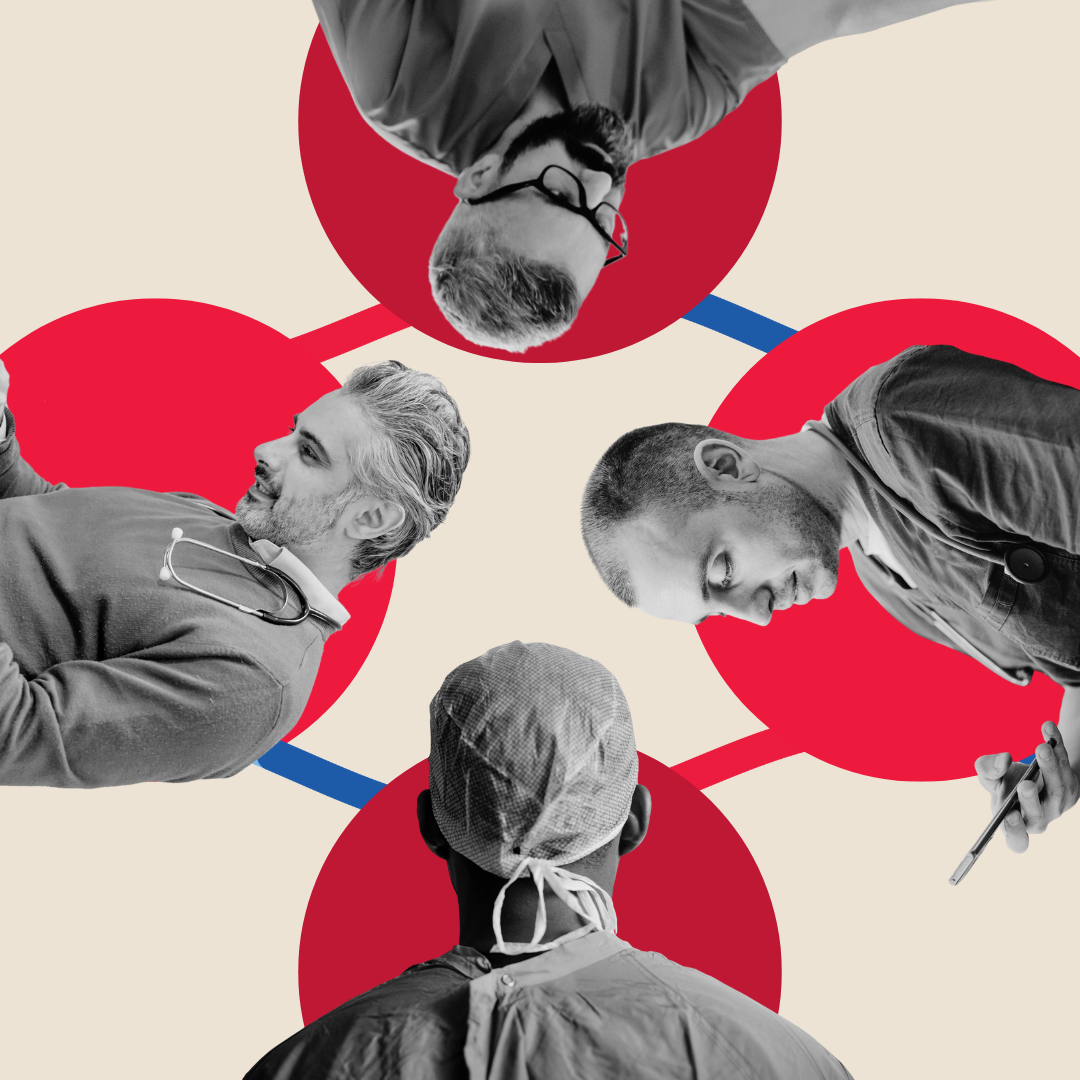In the not-too-distant pre-historic past, the patient would check in on paper. The physician would scramble to take notes by hand during the patient encounter, inevitably missing some details or writing some parts so illegibly that they required clarification later. The paper records would then be compiled and stored — taking up vast amounts of space — in a way that made sharing the records, finding specific information or cross-referencing difficult. What’s more, it was all too easy for parts of patient records to go missing entirely.
With all those drawbacks, the adoption of electronic health records (EHR) seems like a no-brainer. As of 2014, 83% of physicians were using EHRs, reaping the benefits of their lower long-term costs, more efficient storage, improved security and loss prevention, better informational access, and enhanced readability and accuracy.
However, despite all the positives, EHR can still get in the way of patient satisfaction. In fact, the No. 1 physician complaint about EHRs is that they worsen patient service by decreasing face-time with patients and interfering with physicians’ ability to see more patients. And, of the admittedly small proportion of physicians who aren’t using EHR, 40% say it’s because they interfere with the doctor/patient relationship.
These days, you can’t afford subpar patient satisfaction scores, so here are 4 ways to keep EHR from dragging down your patients’ happiness with care.
1. Focus on training
It’s never too late to spend time training physicians on EHR. Lean on the vendor — get them to come in and show hints and tips for more efficient use, and ask them to help you connect with other physicians using the same EHR version. Observe those other physicians in practice, discuss day-to-day solutions, and bring that knowledge back to the practice. Remember: Training doesn’t end just because the software has been installed. As with clinical care, ongoing education can help further refine and
2. Implement a human solution
Health IT is not the be-all, end-all. The human touch can never be fully replaced by technological solutions. “One of patients’ biggest let-downs would be when their doctor keeps glancing in between them and their screens,” writes one physician. “So if we are really serious about improving patient satisfaction and the health care experience, how can we let this situation go on?” Using scribes to record each patient encounter, capturing every detail in real time, restores that connection between doctor and patient. Instead of staring at a screen or looking distracted, scribes can do the administrative work, letting physicians both get the most information out of every encounter and increase patient satisfaction at the same time.
3. Pursue interoperablity
Make sure your EHR software interacts with other EHRs in your community so data-sharing is seamless; this has two key effects. First, interoperability will lead to transparency in medical data, prices and provider performance, all of which are helping drive the Department of Health and Human Services’ movement toward reimbursement for quality and effectiveness of care. Second, it means that patient records are easily transferred between and added to by other providers. The latter is critical to providing a hassle-free, satisfactory patient experience.
4. Relieve the administrative burden
A recent study showed medical interns “now spend only around 10 percent of their day engaging in direct patient care in hospital and almost half their time with computers.” Scribes can input commonly used codes, and generate the operative/encounter note, eliminating a lot of work on the back end. Physicians should be spending their time seeing patients — which increases access to care (thereby increasing patient satisfaction) as well as potential revenue — then signing off paperwork they know is complete and correct. There’s no sense in applying all those years of medical training to administrative tasks over patient care.
EHR is just one tool in your patient-satisfaction arsenal. It’s important to remember to not pin all your hopes on its mere implementation and use. Instead, maximize EHR’s potential benefits — and minimize its drawbacks — with these four strategies.




